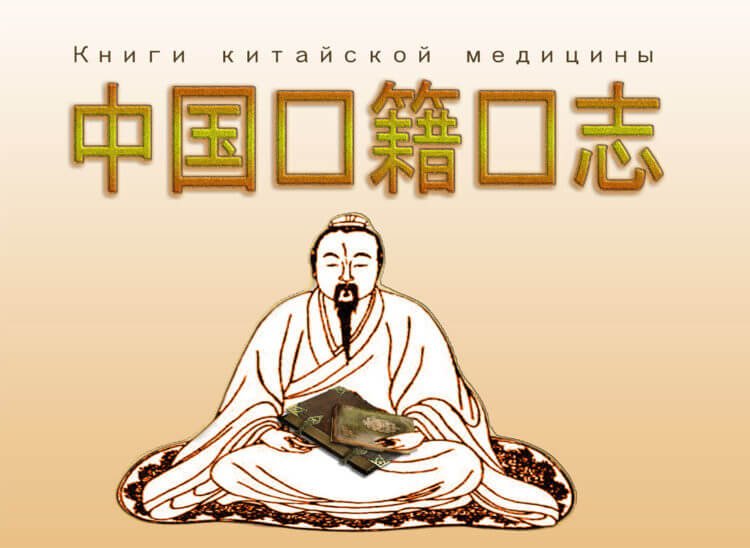Forensic Medicine in China
The field of medicine, namely forensic medicine in China was formed a long time ago - in the 11th-12th centuries. Even then, knowledge of this subject was considered mandatory for applicants for some medical and judicial posts.
The first book on forensic medicine
Theworld's first book on forensic medicine,"Xi yuan lu" ("Notes on the Detection of Unjust Judgments"), which served as a textbook and practical guide for many centuries, provides an overview of various types of death, describing ways of certifying and establishing its fact, and determining its cause.
Description of the signs of violent death
Particular attention is paid to violent death. Here, for example, are described the signs that can be used to distinguish drowned persons from corpses thrown into the water after death.
- Bloating of the abdomen, hair stuck to the head, foam at the mouth, rigor mortis of the upper and lower limbs and extreme whiteness of the soles of the feet - give reason to talk about drowning. In the absence of all these signs it is stated that death occurred before it.
- In violent death by fire, this book says, ashes and other traces of flame may be found in the mouth and nose of the deceased.

Assisting with asphyxia
A separate chapter is devoted to ways to help with different types of asphyxia. If it occurred from hanging,
It is recommended to put the victim on his back, one assistant doctor should slowly pull his arms back and legs forward, another - to hold the head in an upright position by the hair, and the third - rub brushes chest and underbelly area. Inside should be given decoction of kinamon and rice vodka, with difficulty breathing blow air into the mouth and ears through a tube, in the nostrils put sneezing powder.
In the same way try to resume breathing and drowned. Acupuncture is used in both cases.
Dangerous places of wounding
In the sections on wounds the dangerous places are named, the lesions of which are fatal. There are 22 of them; 16 in the front and 6 in the back. These are, for example, wounds of the larynx, heart, temples, parietal region. Wounds in 56 different locations are considered non-lethal. All of them are marked on the drawings in the "Xi yuan lu", and in addition, there were special figures in use, which doctors used in the investigation.
Determining the location of the lesion
If the lesion is not clearly visible, then to detect it, used a very peculiar method. A poultice of bread grains was applied to the place of the lesion, and the corpse was sprinkled with vinegar.
Then a piece of silk cloth soaked in oil was placed against the sun or other light source so that the rays passing through the cloth fell on the known area of the body.
In winter, when the corpse could be frozen, first of all it was necessary to take measures to warm it up. For this purpose a pit was dug, at the bottom of which combustible materials were thrown.
Vinegar was poured into the fire from time to time, and when its vapors began to emit in sufficient quantity, a corpse wrapped in a blanket was placed in the pit, which was also poured with hot vinegar.
In this method the warming took place evenly and comparatively quickly.
Distinction of wounds
And here is how it was recommended to act to distinguish the difference between lifetime wounds and postmortem injuries.
- Water is poured drop by drop on suspicious darkened places. In the first case it remains on the wound, in the second case, if the wounds are inflicted after death, the water runs off them.
- Another technique each suspicious place is pressed with a finger, and if it turns out to be solid, and after withdrawal of the finger retains its original color - such a wound is considered a lifetime.
- Bone injuries are also recognized as such, if the place of their lesion is colored red due to the impregnation of bone tissue with blood.
Examination of the attempted murder weapon
Great importance in forensic examination was attached to the study of the attempted murder weapon, which could have been used to commit the murder. If a lot of time has passed and traces of blood have disappeared on it, then, in order to make them visible again, the instrument is heated on fire and then doused with vinegar.
Addressing forensic issues in China
It is interesting to note that many of the ways of solving the forensic question of murder or violent death used by Chinese physicians in the olden days were later, as it were, rediscovered and used in the practice of experts. "Xi yuan lu" prescribed, first of all, to pay attention to the expression of the face of the deceased: already by this feature alone one can form a fairly definite opinion.
But mainly the wound should be examined, especially if it is located in the neck area. The medical officer is required to determine the exact size, number and nature of the wound, since it is assumed that the suicide inflicts a single wound and a relatively small size. Even this, however, does not yet provide a basis for a definitive conclusion.
To do this, it is necessary to take into account the following rule: if the throat is cut with the right hand, the wound goes from the left ear down and to the right; the right hand a day after the incident still retains some mobility, while the left hand is already rigor mortis.
Everything happens the other way around when the suicide victim acted with his left hand - the wound goes from the right ear, and the right hand stiffens earlier. If both hands are stiffened to the same degree, the wound is multiple, the wound does not correspond to the one described above, - it is almost certainly possible to establish a murder.
In addition to a thorough examination of the corpse, for example, hanged, the doctor must carefully examine the scene, the objects that served for this purpose, the shape of the noose and the object on which the deceased stood. Thus, if there is dirt in the circumference, it should be established whether there are no traces of it on the feet, shoes, the object on which it was necessary to stand before being struck.
It is also recommended to measure the height at which the head of the corpse was from the ground, the distance between it and the legs, the length of the body, the height of the bench, the length of the untied knot. With all these data, the physician can draw a very reasonable conclusion. Finally, he should note the position of the noose and knot, whether in front or behind the ear.
It is believed that in suicide the knot may be behind the ear. These and many other data, which it is not appropriate to cite in this article, show that forensic medicine in China has very long ago reached considerable development and perfection.


